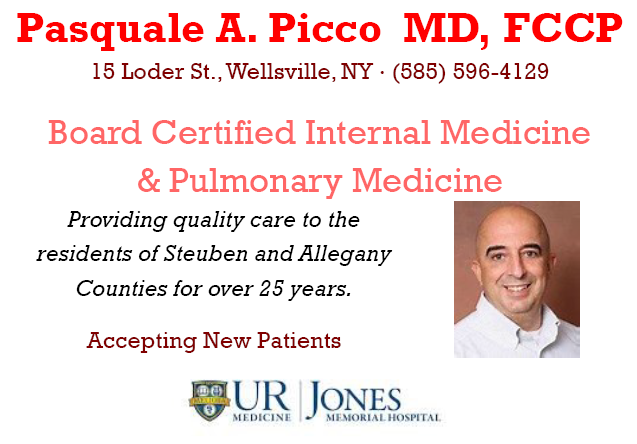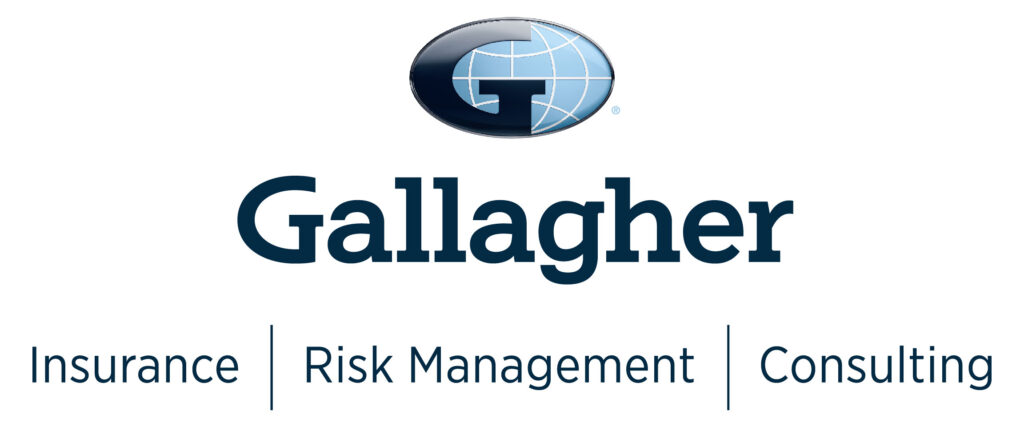Extreme Heat Poses Significant Public Health Risk; is the Leading Cause of Weather-Related Deaths in America
Find Cooling Centers in New York State and New York City
From New York State Governor Hochul,
Governor Kathy Hochul today urged New Yorkers to prepare for extreme heat that is forecast for the State this week. A prolonged period of heat and humidity is anticipated to begin Monday in the Genesee Valley and Finger Lakes, and then affect the entire State Tuesday through Friday. A combination of high temperatures in the 90s and high humidity will lead to heat index values or “feel-like” temperatures in the upper 90’s to mid-100’s for consecutive days in the Capital Region, and Central, Western and Northern New York. This weather event may bring historic successive days of extreme heat to the I-90 corridor. The heat is expected to peak by Thursday with day and nighttime temperatures 5 to 15 degrees above normal. New Yorkers should monitor local weather forecasts for the most up-to-date information. For a complete listing of weather watches, warnings, advisories and latest forecasts, visit the National Weather Service website. Governor Hochul has activated 50 National guard members to provide assistance as needed.
“Heat waves can be dangerous – with one expected this week, I encourage New Yorkers to take precautions necessary to stay safe and avoid exhaustion,” Governor Hochul said. “Keep an eye on your local forecast, stay hydrated and postpone outdoor activity as much as possible.”
According to the U.S. Centers for Disease Control and Prevention (CDC), extreme heat is increasing in the United States and is projected to be more frequent and intense. While serious health and safety effects are preventable in many cases, approximately 1,220 people in the United States are killed by extreme heat every year, the CDC reports.
Safety Tips for People Working Outdoors
As the summer season begins, employers should be mindful to let workers rest regularly, in shaded areas, and drink water regardless of if they feel thirsty. According to the National Weather Service, when the heat index is 80 degrees or higher, serious occupational heat-related illness and injuries become more frequent.
- Water, shade, and rest are essential to worker safety during heat waves.
- The Center for Disease Control and Prevention recommends employers provide each outdoor worker with 32-ounces of cool, potable drinking water per hour.
- When the heat index equals or exceeds 80 degrees Fahrenheit, employers should establish shade areas near where people are working for rest and meal periods.
- When the heat index reaches 90 degrees Fahrenheit or greater, standardized rest breaks are an important way to keep workers safe.
- Workers should protect themselves from the sun and heat by wearing light clothing, wide brim hats, and sunscreen.
Workers and employers should also know the signs of common heat related illness, and all new and returning workers should keep in mind that they need to build a tolerance to heat or acclimatize. Workers whose bodies have not had time to adjust to working in the heat are the most vulnerable.
Keeping Safe During Extreme Heat
Prepare in Advance
- Sign up for NY alerts that can come to your phone and email and other alerts offered in your local community.
- Create a family emergency plan and include a plan to stay cool.
- Install air conditioners and insulate around them, cover windows that receive morning or afternoon sun, and set up fans to increase air flow.
- You may qualify for a free air conditioning unit. The Home Energy Assistance Program (HEAP) can provide an air conditioning unit to income eligible households that include someone with a documented medical condition exacerbated by extreme heat, or households with young children or older adults. Applications will continue to be accepted until funding runs out. For more information, visit the Office of Temporary and Disability Assistance website or contact your local office for the aging at 1-800-342-9871.
- Attend a free Citizen Preparedness Corps training for residents and get the tools and resources to prepare for emergencies.
Heat Stroke and Exhaustion – Know the Symptoms and What to Do
- Heat stroke is the most serious type of heat-related illness and is always an emergency. Call 911 immediately if you or your loved one has a body temperature above 105°, a rapid pulse, confusion, rapid or shallow breathing, or loses consciousness. Try to cool the person quickly using a cool bath, fans and air conditioning while you wait for emergency responders.
- Heavy sweating, fainting, nausea or vomiting, dizziness, weakness and cold clammy skin can be indications of heat exhaustion, which can quickly escalate to heat stroke without prompt intervention. Individuals should be moved to a cool place, and cool wet cloths applied to the neck, face and arms.
- Heat cramps in the abdominal area or extremities can be treated by moving to a cool place, gently stretching the cramped muscle and drinking cool water.
- Additional information, including procedures for athletes and coaches, workers and employers and heat and health data can be found on the Department of Health’s Extreme Heat website.
What to Do During Extreme Heat
- Stay inside in the air conditioning if possible.
- If you don’t have access to air-conditioning within your home, open windows and shades on the shady side and close them on the sunny side to try to cool it down. It may also be cooler outside in the shade.
- Identify free locations areas in your neighborhood where you can go to stay cool such as a public library, pool, or mall. Find Cooling Centers in New York State and New York City.
- Drink plenty of fluids – preferably water.
- When working in the heat you should drink one cup (8 ounces) of water every 15 – 20 minutes. That translates to at least 24-32 ounces glasses of water per hour during extreme heat, even if you do not feel thirsty. Drinking water at shorter intervals is more effective than drinking large amounts infrequently. Your body needs water to keep cool. Avoid beverages containing alcohol or caffeine.
- Beat the heat with cool showers and baths.
- Take regular breaks from physical activity.
- Avoid strenuous activity during the hottest part of the day (between 11 a.m. and 4 p.m.).
- Wear loose, lightweight, light-colored clothing to help keep cool.
- Stay out of the sun as much as possible.
- Wear sunscreen and a ventilated hat (e.g., straw or mesh) when in the sun, even if it is cloudy.
Never Leave Children and Pets Unsupervised in Hot Cars
There is a real and severe danger when leaving children or pets unsupervised in a car even when temperatures don’t “feel” hot. At 60 degrees outside, after just one hour a closed car can get as hot as 105 degrees.






